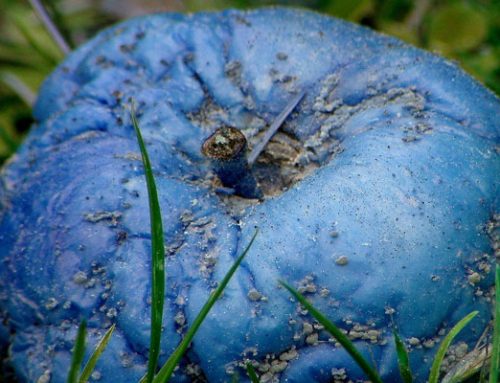
In some alternative health publications, the suggestion that sugar is a toxic substance would not be a news story, but when you start suggesting in Nature that sugar should be taxed and regulated like tobacco and alcohol – eyebrows raise.
Drs. Robert H. Lustig, Laura A. Schmidt, and Claire D. Brindis of University of California San Francisco, have taken on the role of whistle-blowers in their article published earlier this year that’s clearly aimed at a non-specialist audience, and was recently picked up by CBC News (with further commentary in support of the article by Dr. Arya Sharma, Professor and Chair in Obesity Research and Management at the University of Alberta, and scientific director of the Canadian Obesity Network.)
The CBC article is limited in describing the type of sugar the scientists centre out – what they call ‘added sugar’, which they define as ‘any sweetener containing the molecule fructose that is added to food in processing’, such as high fructose corn syrup (HFCS, labeled in Canada as Glucose/Fructose). It’s unclear in the article whether this would also include sucrose (standard refined table sugar) but it appears to.
Their argument is that ‘added sugar’ fulfills the same criteria social psychologist Thomas Babor (and colleagues) established in Alcohol: No Ordinary Commodity. The criteria are: unavoidability (or pervasiveness throughout society), toxicity, potential for abuse and negative impact on society.
The evolutionary argument they propose to argue ‘unavoidability’ is not compelling to me – they argue that ancestral humans would have only had access to sugars at fruit harvest seasons, and that honey was protected by bees – but don’t mention sap sources such as maple and jaggery palm which can be (like seasonal fruit) preserved for long periods, or the fact that in the tropics sweet fruits are available at many times of year. Also, reference to the sugars naturally occurring in fruits and honey seems counterproductive to a paper about sugars that have been modified by processing. That said, the map they use in the article clearly shows that ‘added sugar’ usage is very high, which is also easily proven by empirical methods. The broad argument about sugar from an evolutionary perspective, as well as the confusion about which forms of sugar they are condemning probably stem from the target audience of the paper, and an attempt to be persuasive to this audience.
Toxicity, potential for abuse, and negative impact on society are treated with more concrete data from referenced scientific studies.
It’s easy to forget that Canada already has a small tax on ‘junk food’ in comparison with more healthful groceries, and the US is considering a ‘penny-per-ounce’ soda tax – which Lustig, Schmidt, and Brindis see more as a tax generator than a deterrent to purchase. They suggest higher taxes (effectively doubling the price of soda), limits or bans on advertising of ‘added sugar’ products, and even limiting the age at which one can purchase ‘added sugar’ products to over 17.
Still, they admit, “sugar is cheap, sugar tastes good and sugar sells, so companies have little incentive to change.” They suggest the ambitious goal of having fructose removed from the USDA’s Generally Regarded as Safe (GRAS) list, which would mean fructose could no longer be added in unlimited quantities to food in the US. Again, this is a bit confusing to me, since fructose naturally occurs in an unmodified form in honey and many fruits and root vegetables, though I gather they are referring to the modified form that’s used as a food additive.
Reading their paper I couldn’t help but be reminded of past controversies over synthetic sugar substitutes such as Saccharine used, famously, in Orwell’s novel 1984. Whether for reasons of scarcity, or perhaps because Orwell’s feared synthetic world could only contain a synthetic sweetener, traditional sugar is rarely available in 1984 – and rebelling against (unheathful?) saccharine even becomes a source of rebellion, as when Julia offers Winston the alternative to a synthetic sweetener: real jam (no doubt made with ”added sugar.’)
Lustig, Schmidt, and Brindis’s article seems far from a conspiracy tale (as the accounts in alternative health sources are often characterized), but even with what appears to be solid backing in epidemiology and other medical fields, their suggested goals appear as formidable to implement as anything Orwell’s protagonist faced.



